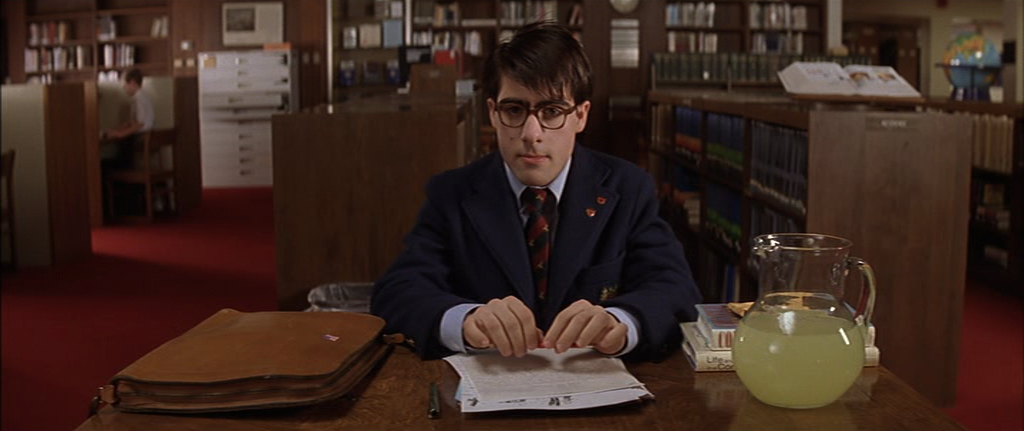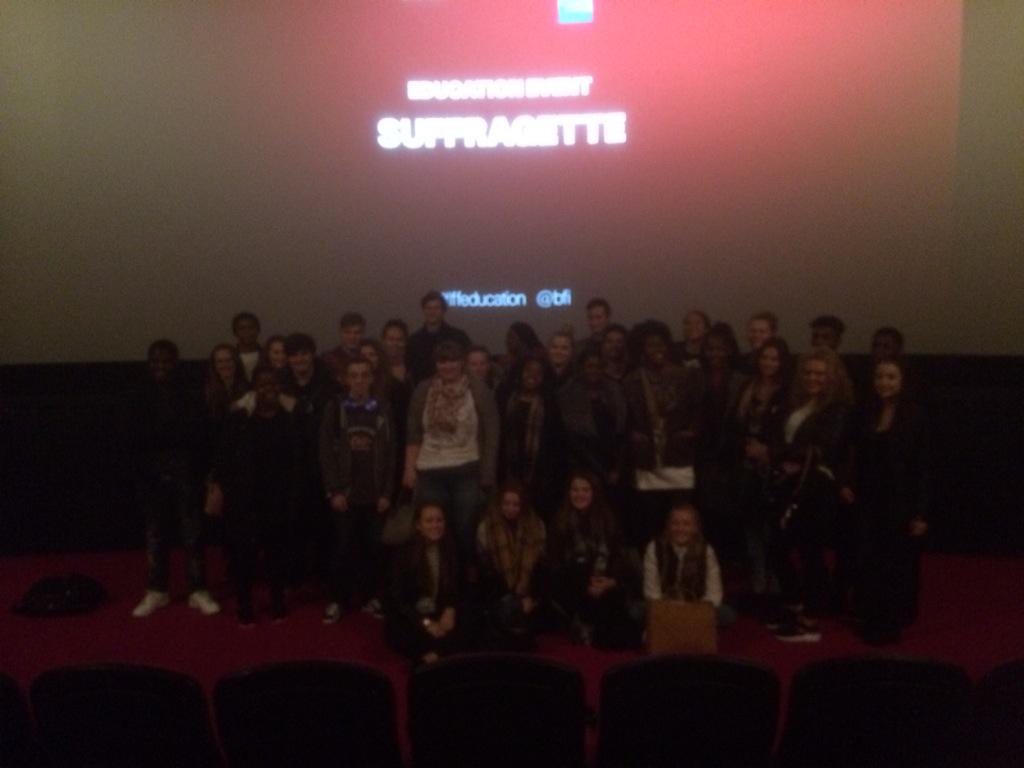

In this analysis, I am going to be comparing the two films:
‘La Haine’ and ‘City of God’. They both fall into the category of world cinema,
with La Haine being French and City of God being Brazilian. World cinema films
are known for illustrating harsh messages revolving around social and political
issues and because of this, they may struggle to attract globalised audiences
meaning they have to rely strongly on their distributors and exhibitors. La
Haine was directed and written by Mathieu Kassovitz; it was produced and distributed
by Canal + in 1995. City of God on the other hand was directed by both Fernando
Meirelles and Katia Lund, written by Braulio Mantovani (based on the novel by
Paulo Lins) and produced in 2002 with O2 Filmes and VideoFilmes, with the
distributer being Miramax Films. Production Wise, there is a huge difference
between the box offices of these films, however the budgets were fairly
similar. La Haine had a budget of $2.5 million and City of God had a slightly
higher budget of $3.3 million. Unfortunately, La Haine went on to make less
money in the box office with an overall total of $309, 811 whereas City of God
made a huge increase and went on to make $30.6 million. During the distribution
stages, both films were screened at Cannes Film festival however the reason I
believe City of God made more money is because Miramax is a big, American
distributor/production company so could
gather a much more globalised audience compared to Canal +which is a French
company which is not known worldwide.
La Haine follows Vinz (Vincent Cassel), Hubert (Hubert
Kounde) and Said (Said Taghmaoui) through their twenty four hour period spent
in the French suburban ghetto after their friend, Abdel is beaten unconscious
by police. This causes riots in which a policeman loses his gun which is then
found by Vinz who threatens to kill a member of the police if Abdel dies in
hospital. City of God is narrated by the main protagonist, Rocket (Alexandre
Rodrigues) who as well as telling his own story, looks over at the lives of
Li’l Ze (Leandro Firmino) and Benny (Phellipe Haagensen). They are growing up
in the favelas of Rio de Janeiro and have contrasting dreams: Rocket wants to
become a photographer and escape the favelas whilst Lil’ Ze and Benny become
drug dealers and become extremely power hungry, which Rocket has no interest
in. Both films illustrate an ongoing cycle. In La Haine, there is a cycle of
violence, the protagonists cannot escape from the negativity that surrounds
them and no matter how hard they try, they will always be forced into
uncomfortable situations. In City of God, three generations worth of youths get
involved in the dangerous hood lifestyle (The tender Trio at the beginning,
Lil’ Ze and Benny etc. throughout the main duration of the film and then the
Runts at the end of the film), illustrating that this is the ‘normal’ lifestyle
in the city of god and it is what is expected of each generation, so they feel
as if they have to do what is destined for them.

The contextual factors play a huge role in both La Haine and
City of God because they are both based upon true stories relating to social
and political issues at the time regarding poverty, power and conflict. La
Haine is based upon the murder of a black youth named Makome M’Bowole who was
shot and killed whilst in police custody which resulted in huge protests
against the police and real life footage of the riots is used at the beginning
of the film during the opening credits. City of God is based upon the novel to
which the writer, Paulo Lins once lived in the favelas and went on to become a
successful photographer. The characters in the film are based upon real people
including Knockout Ned in which the real version of him is shown during the
credits of the film. The narratives of La Haine and City of God have evolved
from strong themes such as police brutality, corruption, prejudice, class and
violence and this realism confirms that both films have been made in response
to their social and political context. The fact that both directors are aware
of these issues enhances the power of the narratives and therefore results in
stronger impacts on their audiences.
Although both of these films fall under the genres of crime,
drama, social realism in the style of a documentary, City of God appears to
follow a Hollywood style whereas La Haine completely follows an independent
cinema style. I say this because COG has a protagonist/hero (Rocket) with a
goal to escape from the favelas and he achieves this through his talent in
photography. Contrastingly, La Haine is much more pessimistic because as hard
as the protagonists (Hubert, Vinz and Said) try to escape from the estate, they
are constantly being forced into negative situations with ongoing violence,
even at the end of the film. Therefore, La Haine illustrates a much more
realistic picture of what it was like in that time and context whereas COG does
portray the harsh, tragic realism of the favelas but at the say time, suggests
that one man can escape from the power, poverty and conflict surrounding him
and can be rewarded for hard work- creating a sense of hope which is
unrealistic. This is shown through Rocket who is given the option to choose
photography over drugs and violence. On the other hand, Hubert from La Haine
puts in all his efforts when creating a gym for youths to release their
frustration and he is not rewarded for it, instead it is burnt down by those
who he thought would use it. The fact that the film ends with Hubert pointing a
gun at a non-uniform officer almost implies that he has given up on his dreams
and accepted that there is no hope for him.

La Haine and City of God both portray negative
representations of the female gender. In COG, women are only represented in
terms of sex and men are shown to have complete power and control over them,
additionally shown through actions such as rape. A scene which highlights this
is the one in which Knockout Ned’s girlfriend is raped and he is forced to hear
her screams, objectifying women because they are being used by men to let out
their built-up emotions and frustrations and they are portrayed as weak because
they do not fight back. Even the woman who has a decent job as a journalist is
shown in terms of sex but this time, to have control and manipulation over the
male gender because she uses sex to manipulate Rocket and meet her needs,
illustrating that women can only gain power through their sexual hold. In La
Haine, there is an underrepresentation of women as they are barely seen in the
film at all, and the only female characters we are really introduced to are the
protagonist’s families who are only seen inside their flats. This follows the
domestic housewife stereotype, suggesting that their only role is to look after
the home and family whereas the men are seen everywhere, their roles including:
policemen, protagonists, criminals and youths- representing them as the superior
gender who have more power over women. However, the males in both films still
struggle with their sense of masculinity and they find it difficult to maintain
it. To be seen as a ‘man’, you have to be brave, violent and able to handle a
gun. In COG, generations follow in their elder’s footsteps, using guns and
drugs and planning murders. Maybe they feel as if they have to do this in order
to be seen as a man by society because if they don’t, they may be seen as weak
by the other youths. The character of Vinz in La Haine struggles with his
masculinity and this is shown through the scene in which he cannot bring
himself to shoot a skinhead and he is disappointed in himself because he is
aware that he is coming across as ‘un-masculine’ to his friends.

There is a definite contrast in diversity regarding these
two films. In La Haine, the three protagonists are all of different
ethnicities: Vinz is Jewish, Hubert is black African-French and Said is Arab
African-French whereas in City of God, it could be said that there is an
overrepresentation of black people because the vast majority of the characters
are black youths. I find it interesting that both of the directors for these
films are white and could fit into the categories of our dominant ideology. Due
to this, some people have accused them of exploiting the people in their films
and the way they represent them because they go on to make large profits which
do not have any impact on those living in the favelas or places with poverty.
However on the other side of the argument, it gives those who are more
fortunate the opportunity to see what the lives are/were really like for those
living in poverty and there are provided with a sense of realisation that could
result in a change of heart.
The visual style and cinematography of La Haine and City of
God strongly contrasts, disregarding the similar mise-en-scene. La Haine is in
black and white to enhance the realism and the film more gritty, taking the
audience away from the beautiful scenery of France. City of God is shot in
full-colour however at the beginning of the film, the colour pallet is bright
and vibrant but as the narrative develops, the colours become duller- possibly
representing how the social and political issues are slowly taking over and
draining out the life in the city of god. The camera shots are still and long
in La Haine which to me, allowed a greater and more intense focus on the
characters, whereas handheld camera movement is used in COG which enhances how
rough it is in the favelas and makes it feel more like a documentary.
Overall, I loved both La Haine and City of God because they
had very strong themes and the huge sense of realism really enhanced the
viewing experience. They clearly share many differences and similarities
regarding representations, visual style, production, social and political
context and of course, poverty, power and conflict. I would rate them both
8/10.







